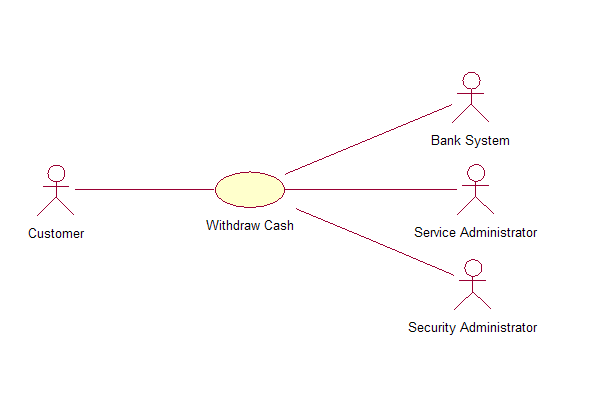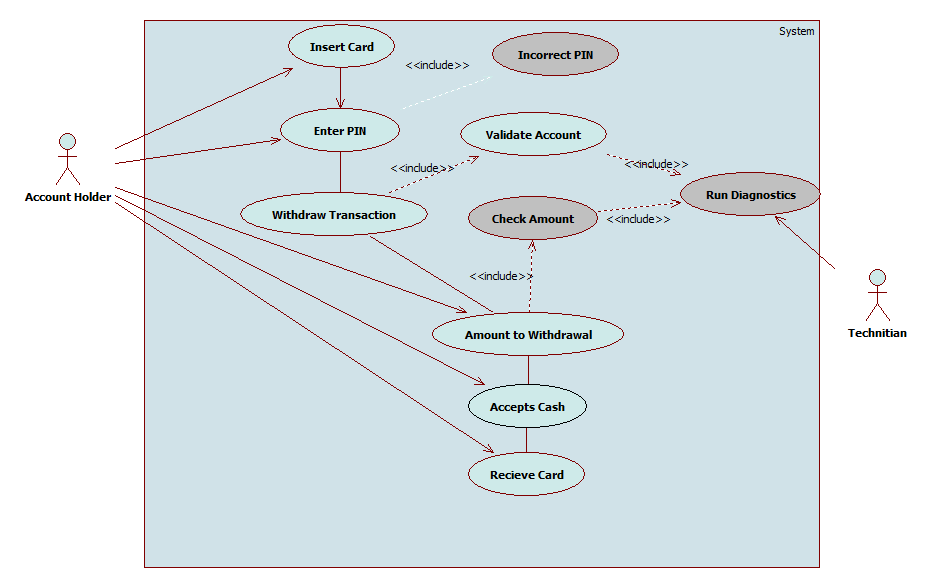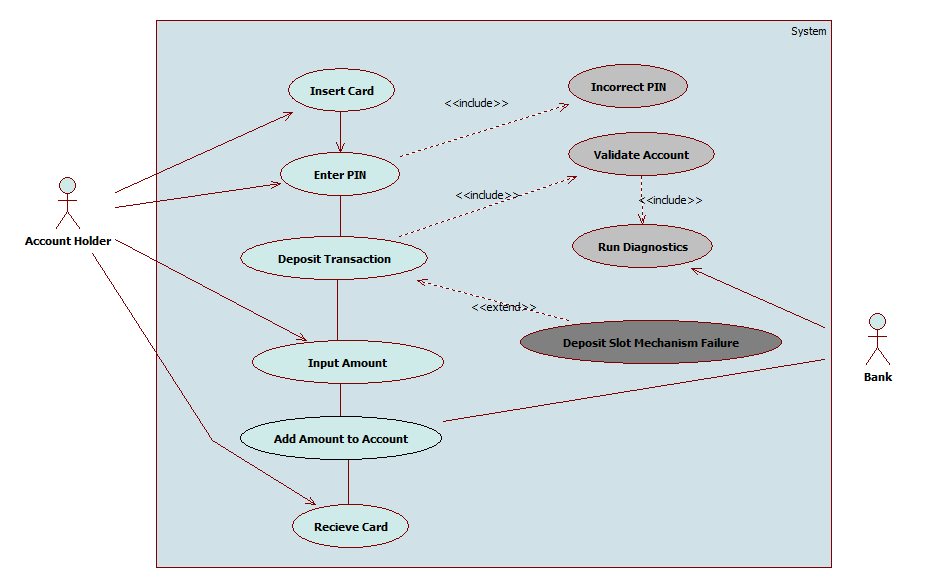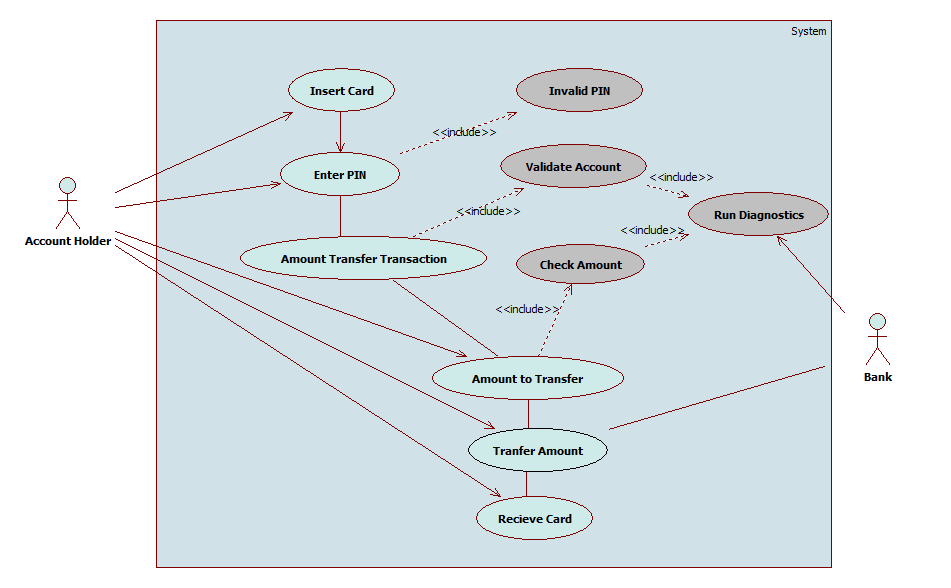 All papers examples
All papers examples
Disciplines

- MLA
- APA
- Master's
- Undergraduate
- High School
- PhD
- Harvard
- Biology
- Art
- Drama
- Movies
- Theatre
- Painting
- Music
- Architecture
- Dance
- Design
- History
- American History
- Asian History
- Literature
- Antique Literature
- American Literature
- Asian Literature
- Classic English Literature
- World Literature
- Creative Writing
- English
- Linguistics
- Law
- Criminal Justice
- Legal Issues
- Ethics
- Philosophy
- Religion
- Theology
- Anthropology
- Archaeology
- Economics
- Tourism
- Political Science
- World Affairs
- Psychology
- Sociology
- African-American Studies
- East European Studies
- Latin-American Studies
- Native-American Studies
- West European Studies
- Family and Consumer Science
- Social Issues
- Women and Gender Studies
- Social Work
- Natural Sciences
- Anatomy
- Zoology
- Ecology
- Chemistry
- Pharmacology
- Earth science
- Geography
- Geology
- Astronomy
- Physics
- Agriculture
- Agricultural Studies
- Computer Science
- Internet
- IT Management
- Web Design
- Mathematics
- Business
- Accounting
- Finance
- Investments
- Logistics
- Trade
- Management
- Marketing
- Engineering and Technology
- Engineering
- Technology
- Aeronautics
- Aviation
- Medicine and Health
- Alternative Medicine
- Healthcare
- Nursing
- Nutrition
- Communications and Media
- Advertising
- Communication Strategies
- Journalism
- Public Relations
- Education
- Educational Theories
- Pedagogy
- Teacher's Career
- Statistics
- Chicago/Turabian
- Nature
- Company Analysis
- Sport
- Paintings
- E-commerce
- Holocaust
- Education Theories
- Fashion
- Shakespeare
- Canadian Studies
- Science
- Food Safety
- Relation of Global Warming and Extreme Weather Condition
Paper Types

- Movie Review
- Essay
- Admission Essay
- Annotated Bibliography
- Application Essay
- Article Critique
- Article Review
- Article Writing
- Assessment
- Book Review
- Business Plan
- Business Proposal
- Capstone Project
- Case Study
- Coursework
- Cover Letter
- Creative Essay
- Dissertation
- Dissertation - Abstract
- Dissertation - Conclusion
- Dissertation - Discussion
- Dissertation - Hypothesis
- Dissertation - Introduction
- Dissertation - Literature
- Dissertation - Methodology
- Dissertation - Results
- GCSE Coursework
- Grant Proposal
- Admission Essay
- Annotated Bibliography
- Application Essay
- Article
- Article Critique
- Article Review
- Article Writing
- Assessment
- Book Review
- Business Plan
- Business Proposal
- Capstone Project
- Case Study
- Coursework
- Cover Letter
- Creative Essay
- Dissertation
- Dissertation - Abstract
- Dissertation - Conclusion
- Dissertation - Discussion
- Dissertation - Hypothesis
- Dissertation - Introduction
- Dissertation - Literature
- Dissertation - Methodology
- Dissertation - Results
- Essay
- GCSE Coursework
- Grant Proposal
- Interview
- Lab Report
- Literature Review
- Marketing Plan
- Math Problem
- Movie Analysis
- Movie Review
- Multiple Choice Quiz
- Online Quiz
- Outline
- Personal Statement
- Poem
- Power Point Presentation
- Power Point Presentation With Speaker Notes
- Questionnaire
- Quiz
- Reaction Paper
- Research Paper
- Research Proposal
- Resume
- Speech
- Statistics problem
- SWOT analysis
- Term Paper
- Thesis Paper
- Accounting
- Advertising
- Aeronautics
- African-American Studies
- Agricultural Studies
- Agriculture
- Alternative Medicine
- American History
- American Literature
- Anatomy
- Anthropology
- Antique Literature
- APA
- Archaeology
- Architecture
- Art
- Asian History
- Asian Literature
- Astronomy
- Aviation
- Biology
- Business
- Canadian Studies
- Chemistry
- Chicago/Turabian
- Classic English Literature
- Communication Strategies
- Communications and Media
- Company Analysis
- Computer Science
- Creative Writing
- Criminal Justice
- Dance
- Design
- Drama
- E-commerce
- Earth science
- East European Studies
- Ecology
- Economics
- Education
- Education Theories
- Educational Theories
- Engineering
- Engineering and Technology
- English
- Ethics
- Family and Consumer Science
- Fashion
- Finance
- Food Safety
- Geography
- Geology
- Harvard
- Healthcare
- High School
- History
- Holocaust
- Internet
- Investments
- IT Management
- Journalism
- Latin-American Studies
- Law
- Legal Issues
- Linguistics
- Literature
- Logistics
- Management
- Marketing
- Master's
- Mathematics
- Medicine and Health
- MLA
- Movies
- Music
- Native-American Studies
- Natural Sciences
- Nature
- Nursing
- Nutrition
- Painting
- Paintings
- Pedagogy
- Pharmacology
- PhD
- Philosophy
- Physics
- Political Science
- Psychology
- Public Relations
- Relation of Global Warming and Extreme Weather Condition
- Religion
- Science
- Shakespeare
- Social Issues
- Social Work
- Sociology
- Sport
- Statistics
- Teacher's Career
- Technology
- Theatre
- Theology
- Tourism
- Trade
- Undergraduate
- Web Design
- West European Studies
- Women and Gender Studies
- World Affairs
- World Literature
- Zoology
Use Cases to Support the ATM Service, Research Paper Example
Hire a Writer for Custom Research Paper
Use 10% Off Discount: "custom10" in 1 Click 👇
You are free to use it as an inspiration or a source for your own work.

Describe (in a one to two (1-2) page narrative) a use case, complete with typical and alternate courses, that documents the event of a bank customer withdrawing money from an ATM.
This use case provides a detailed step by step walk through of how a bank card holder executes an ATM transaction when making a bank withdrawal. The key actors in this use case are the bank and the owner of the account. The case assumes an established connection has already been provided between the bank card holder and the bank and funds are available in the ATM machine. The diagram below shows the other possible parties involved in the network providing services to support the transaction could possibly include the service administrator and the security administrator.

The use case for the transaction is as follows, first the account holder inserts their bank card into the machine; second the machines requests the card holder’s language settings (if they have not already been set); third the cardholder is prompted to provide their four digit pin number; fourth the pin is assessed for it validity. If the pin is found to be valid, the card holder is prompted to select the type of transaction they wish to execute. If the pin is not valid then the cardholder is given and error message sent back to the initial screen prompting them to insert their pin again. For the purpose of this use case, the transaction type selected is a cash withdrawal. The card holder’s information is then retrieved by the system and they are provided the option of seeing their balance. If they refuse to see their balance, the system asks to provide the amount to be withdrawn from the account. Once the withdrawal request amount is provided by the cardholder, the system assesses the account to ensure the requested amount does not exceed the account balance. If the requested withdrawal amount does exceed the account balance, then the cardholder is prompted to enter a smaller amount. In the case that the cardholder has sufficient funds in their account the system deducts the requested amount from the current balance and dispenses cash to the customer/card holder. Once the withdrawal is made, the card holder will be presented with the receipt from their transaction, which includes the date and time of the transaction, and the final balance on the account. In the case that there are insufficient funds in the account, as an alternate course of action, the system will actually give the card holder a message alerting them to this issue and then dispense a receipt. The cardholder will then have to reinsert their card to try and execute the transaction again.

Describe (in a one to two (1-2) page narrative) a use case dependency for making an account deposit. Illustrate this use case with Visio or a similar product.
Depositing through the ATM is highly effective due to the use of deposit slot mechanisms that can count the value of select bills of currency without human interference. This use case initiates very similarly to the way a withdrawal case initiates, except a deposit is selected as the key method of transaction. In a case where the card holder selects the deposit option when prompted to select their transaction type. If the pin is not valid then the cardholder is given an error message sent back to the initial screen prompting them to insert their pin again. The card holder’s information is then retrieved by the system and they are provided the option of seeing their balance. If they refuse to see their balance, the system asks to provide the amount to be deposited into the account. The card holder types in the amount on the digital or standard keyboard provided for numeric entry. The system accepts the amount and then prepares the deposit slot for insertion of funds. The bank card holder then inserts the funds into the deposit slot device, either in the form of a check or cash. Once the deposit is made, the card holder will be presented with the receipt from their transaction, which includes the date and time of the transaction, and the final balance on the account.

Describe (in a one to two (1-2) page narrative) a use case dependency for making an account transfer. Illustrate this use case with Visio or a similar product.
Transfers are also processes that can be handled with an ATM machine. For example, a card holder might need to transfer funds from their savings account to their checking, or from their spending out to their business account. In this regard, the use case is initiated the same way a deposit and withdrawal would be initiated but the transaction requested would be a transfer. In a case where a transfer is being executed, the the bank card holder selects transfer as their transaction type, If the pin is found to be valid, the card holder is prompted to select the type of transaction they wish to execute. If the pin is not valid then the cardholder is given and error message sent back to the initial screen prompting them to insert their pin again. For the purpose of this use case, the transaction type selected is a transfer. The card holder’s information is then retrieved by the system and they are provided the option of seeing their balance. If they refuse to see their balance, the system asks to provide the amount to be transferred from the account. Once the transfer request amount is provided, the system assesses the account to ensure the requested amount does not exceed the account balance. If the requested transfer amount does exceed the account balance, then the cardholder is prompted to enter a smaller amount. In the case that the cardholder has sufficient funds in their account the system deducts the requested amount from the current balance and dispenses cash to the customer/card holder. Once the transfer is made, the card holder will be presented with the receipt from their transaction, which includes the date and time of the transaction, and the final balance on the account.

Identify and explain at least one (1) ethical issue that the use case exposes in connection with the development or use of the ATM system.
One ethical issue the case exposes with the ATM system is that the system has access to personal information of customers that can be compromised. The system is also vulnerable to many technical errors which ultimately impact the integrity or efficiency of the transactions being executed. As the system is not completely immune to corruption by hackers and theft attempts, the criminal human element is always a possibility. In further consideration of the potential risk involved in ATM transactions, the most commonly recognized ethical threat or issue at an ATM machines, is the possibility that one could be physically robbed in the process of making a transaction. This is always a possibility, and while security measures are taken to deter potential culprits, such as the use of camera’s and heavy legislation implemented to ensure that criminals are punished to the full extent of the law, there are no real security measures set in place to protect account holders from the threat and risk involved.
Conclusion
In sum, as an intern software developer working on this ATM system, it is clear that there is much work that can be done to ensure that account holders will be safe. There are also ethical issue in regards to technical errors that must be acknowledged. This use case reveals that there are ample steps required in a variety of potential transaction types, specifically those which require the system to calculate deposit amounts or execute transfers. Ultimately, ATM machines provide for more efficient banking over all. The final assessment is that through implementation of this this use case, there can be better understanding about the potential pitfalls and necessary areas for improvement in ATM efficiency and quality.
Reference
Irwin, G., & Turk, D. (2005). An Ontological Analysis of Use Case Modeling Grammar. Journal Of The Association For Information Systems, 6(1), 1-36.
Shelly, Rosenblatt. (2012). Systems Analysis and Design (9th ed.). Boston: Thomson Course Technology.
Systems Analysis. (2009). General format. Retrieved from http://www.systemsanalyst.com/.

Stuck with your Research Paper?
Get in touch with one of our experts for instant help!

Time is precious
don’t waste it!
writing help!


Plagiarism-free
guarantee

Privacy
guarantee

Secure
checkout

Money back
guarantee

